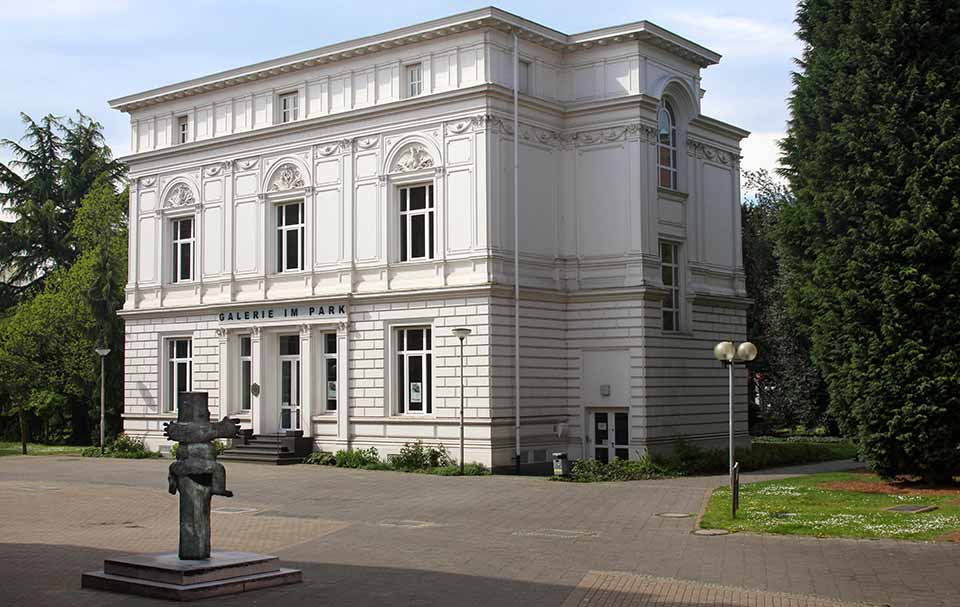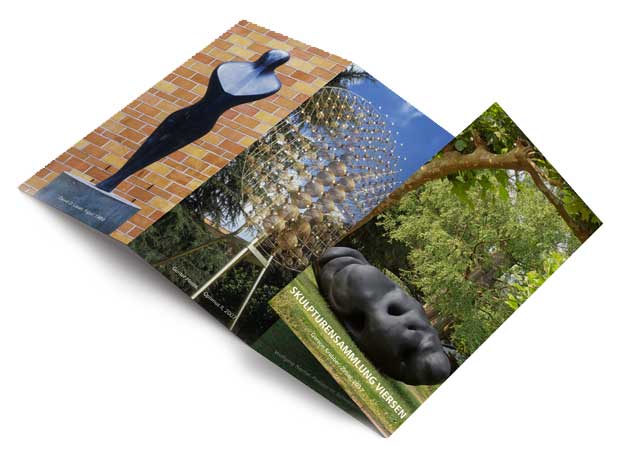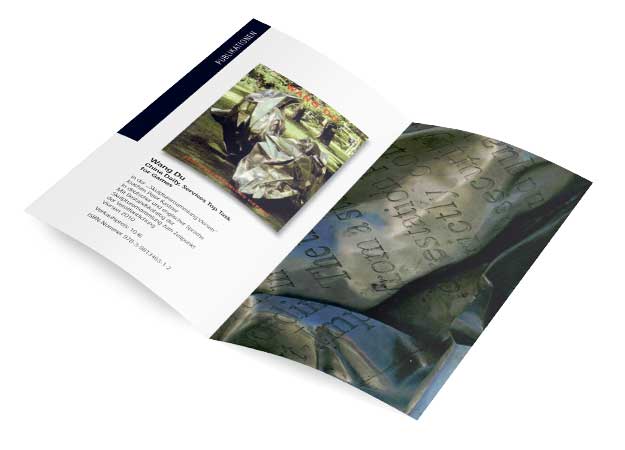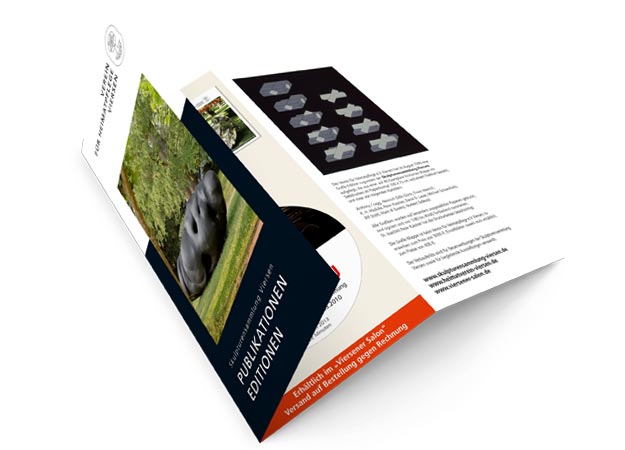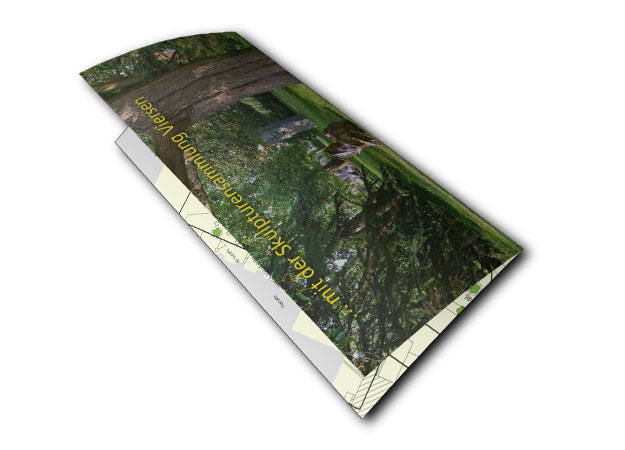Die Skulpturensammlung
Die Skulpturensammlung Viersen ist eine private Initiative des Vereins für Heimatpflege e. V. Viersen, die es sich zur Aufgabe gestellt hat, der bildenden Kunst unserer Zeit eine Entfaltungsmöglichkeit im Zentrum unserer Stadt einzuräumen und zu diesem Zweck bedeutende Werke der Plastik für die Kreisstadt Viersen zu erwerben.
In der Skulpturensammlung Viersen werden beispielhafte Positionen der Plastik unserer Zeit in einer besonderen urbanen Situation vorgestellt. Dabei sollen durchaus unterschiedliche und auch widersprüchliche künstlerische Tendenzen in Werken höchster Qualität zusammengefasst werden.
Führungen durch die Skulpturensammlung
persönliche Führungen
Vereinbaren Sie Ihre persönliche Führung und lassen Sie sich von einem Guide durch die Skulpturensammlung führen. Eine vorherige Terminabsprache ist zwingend erforderlich.
Führungen durch die Skulpturensammlung
Audio-Visuelle Führungen
Erkunden Sie die Skulpturensammlung auf eigene Faust mit unserer audio-visuellen iTour-Führung. Erhalten Sie auf Knopfdruck alle Informationen zu den Skulpturen.
Grafiken, Publikationen und mehr
finden Sie in unserem ShopInformationen, Kataloge und Plakate
Informationen, Kataloge und Plakate erhalten Sie in der Städtischen Galerie im Park oder in unserem Web-Shop.
Anschrift
Städtische Galerie im Park
Rathauspark 1
D-41747 Viersen
Telefon
+49.2162.101-160
Öffnungszeiten
Dienstags - Samstags: 15.00 bis 18.00 Uhr
Sonntags: 11.00 bis 18.00 Uhr
